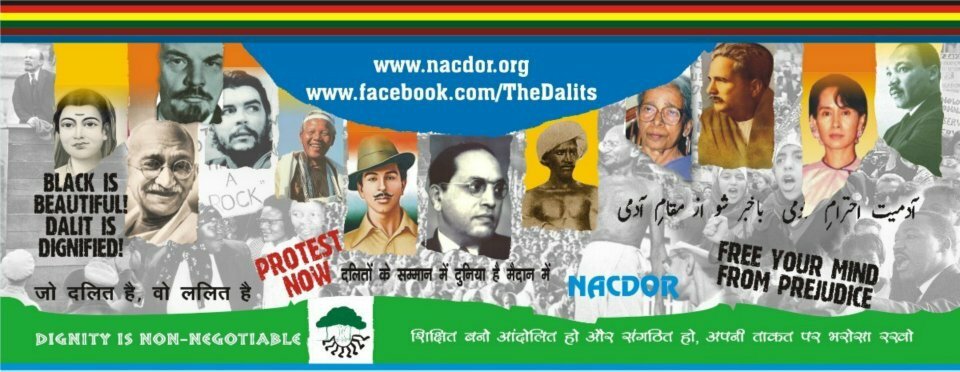Caste as a system and as an Institution
Liberty, equality, justice and human dignity are the basic principles of contemporary society. Although injustice, discrimination and inequality are social phenomena, their nature and extent differ from society to society. At the same time, there have been constant efforts to fight these problems in human history. Indian society is no exception to this. However, injustice, inequality and discrimination in India exist in the worst form by way of social stratification and hierarchy that are directly linked to religion and caste. Caste plays its role in both ways, i.e., as a system and as an institution.
There are many theories of the origin of the caste system. A prominent one is the "Occupation Theory" which explains the origin of caste as the groups or the communities that follow a particular occupation that has religious sanction and can never be changed. Scholars have two views over functions of the caste system; one view propounds positive functions and the other negative. But, the fact remains that the system is man-made and is based on religion. It is based on hierarchy and graded inequality and includes concepts of purity and pollution. The uniqueness of the occupational patterns is that they have been clearly categorized as `clean' and `unclean' and thereby `pure' and `impure'. Clean occupations like performing Pooja, rites and rituals, cultivation of land and teaching, etc. enjoy high status and prestige and are treated as superior, whereas menial occupations like sweeping, tanning leather, making shoes, washing clothes, cutting hair, etc. are considered as unclean and polluting and hence enjoy very low, undignified status. This resulted in the practice of keeping physical and social distance and practice of untouchability. Thus, the communities following these so-called ‘unclean’ occupations always depended on the communities (upper castes) that follow so-called ‘clean’ occupations. Moreover, these low and unclean castes had no right to property and education. Consequently, these communities suffered from various socio-economic and cultural disabilities till date. These communities form a sizable (nearly 25%) portion of India's total population (SC 17% and ST 8% ). It may be remembered that as the upper castes have hierarchy within themselves, so have the lower castes. In all, these castes are a complex phenomenon, have diversities in their structures and differ from each other, from culture to culture and region to region.

